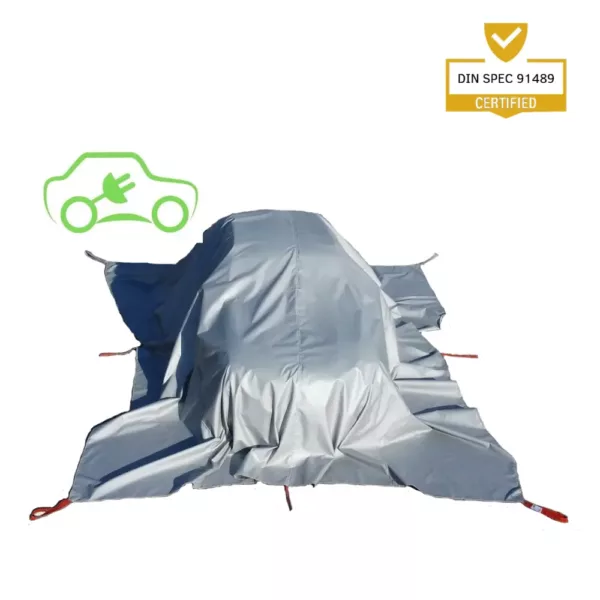Produkte
Benötigen Sie Hilfe? Wir beraten Sie gern persönlich. Kontakt: +49 (0) 921 – 5303 7000
VLITEX GmbH
Rehleite 2
95445 Bayreuth
Deutschland
Büro:
Orionstraße 17
95448 Bayreuth
Deutschland
Tel: +49 (0) 921 – 5303 7000
E-Mail: info@vlitex.com
©2015 – 2025 All rights reserved. VLITEX GmbH | Impressum | Datenschutz | AGB | Kontakt





















